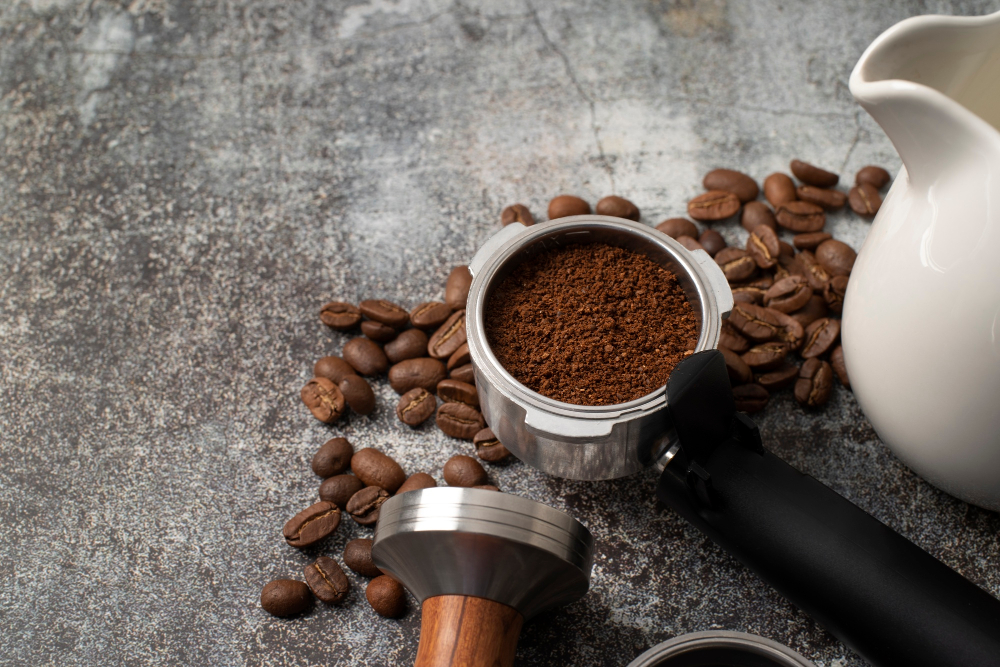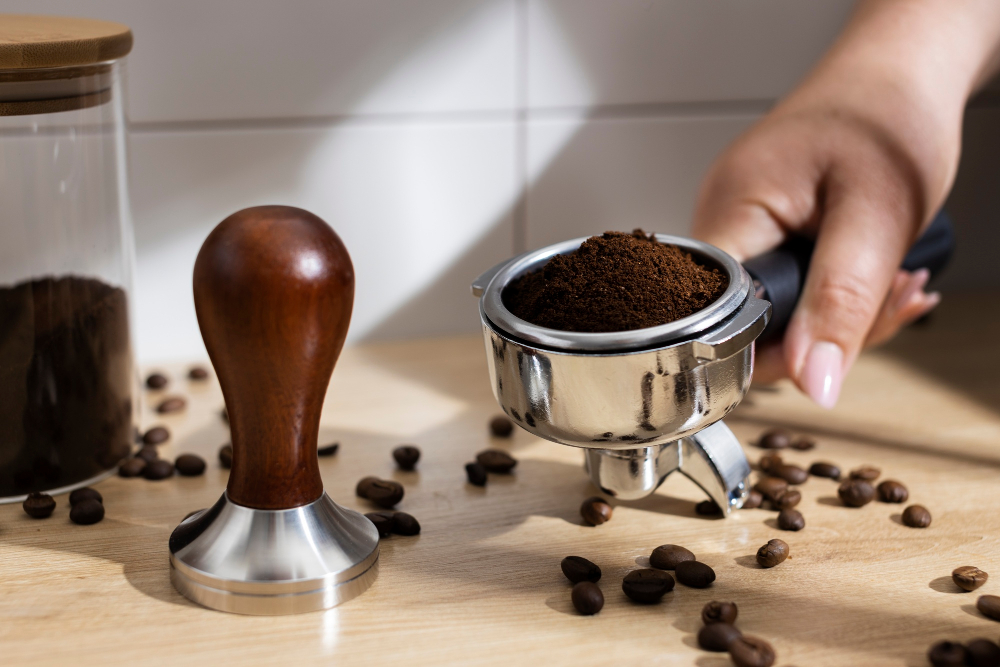The short answer? Generally, no. Grinding coffee beans more than once can impact the taste and aroma of your brew, leading to a less satisfying coffee experience. But let’s delve deeper into this topic for a clearer understanding.
How Coffee Grinding Affects Taste
Grinding coffee beans is a crucial step in the brewing process. It is the grind that determines how quickly water can pass through the coffee. The extraction rate of coffee grounds changes based on the size of the grind, which can, in turn, affect flavour.
“Good coffee is as much about the grind as it is about the bean.”
Why Grind Consistency Matters
Consistency in the size of coffee particles is vital for a balanced extraction. When coffee is ground, the objective is to get as uniform a particle size as possible. If coffee is ground twice, the particle size becomes irregular, leading to both over-extraction and under-extraction in the same brew. The result? A brew that’s both bitter and sour, without the nuanced flavours of a well-made cup of coffee.
The Impact of Over-Grinding
Every time coffee is ground, it releases volatile aromatics – these are compounds that give coffee its unique and varied smell and taste. By grinding the beans twice, you’re potentially losing more of these precious aromatics, leading to a cup of coffee that’s flat and lacking in depth.
How do you know if coffee grind is bad?
Whether you’ve ground your coffee once or twice, it’s essential to recognise signs of a poor grind. A poor grind can lead to a disappointing brew. Here’s how to spot a grind that’s not up to the mark:
- Irregular Particle Size: If your grind has particles of varying sizes – from powdery fines to larger boulders – it’s a sign of an inconsistent grind.
- Loss of Aroma: If your freshly ground coffee doesn’t have a strong, pleasant aroma, it’s likely lost its volatile compounds, which can happen with over-grinding or when using stale beans.
- Overly Dusty: If there’s a lot of dust or ‘fines’ in your grind, it can lead to over-extraction, making your coffee taste bitter.
Using the Right Equipment
The quality of your grinder plays a significant role in achieving a consistent grind. Burr grinders are generally preferred over blade grinders as they provide a more uniform grind size. Investing in a good-quality grinder is essential for any serious coffee lover.
No products found.
Optimal Grind Sizes for Different Brewing Methods
The grind size needed can vary based on the brewing method. Using the correct grind for your chosen method is crucial for extracting the full range of flavours from the beans.
| Brewing Method | Recommended Grind Size |
|---|---|
| French Press | Coarse |
| Espresso | Fine |
| AeroPress | Medium to Fine |
| Drip Coffee | Medium |
It’s important to note that while these are general guidelines, personal preference plays a significant role in coffee brewing. Don’t hesitate to experiment with your grind size to find what tastes best to you!
Conclusion
While it might be tempting to re-grind coffee to achieve a finer consistency or to utilise leftover grounds, it’s generally not recommended. The key to a great cup of coffee is understanding the science and art of brewing, and a large part of that involves achieving the perfect grind. So, invest in a good grinder, understand your brewing method’s needs, and enjoy a cup that’s brewed to perfection!



